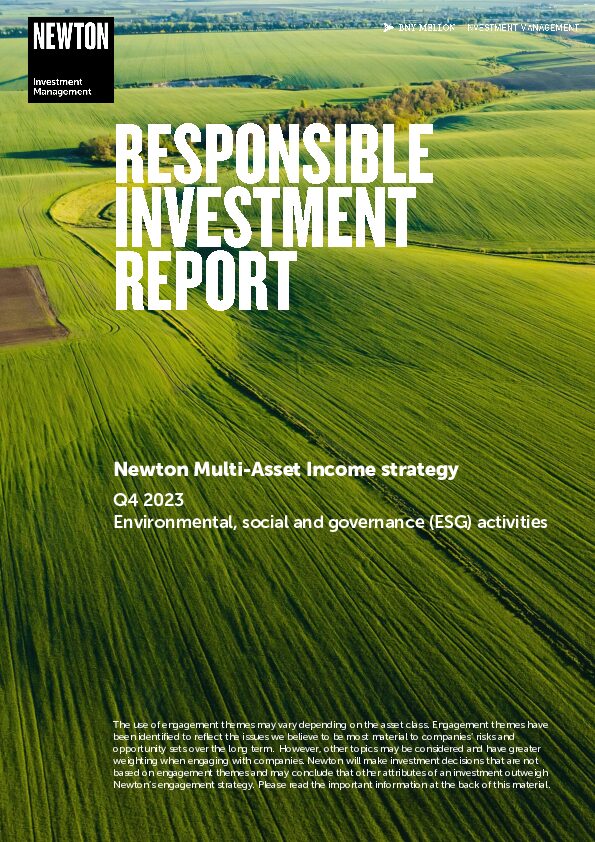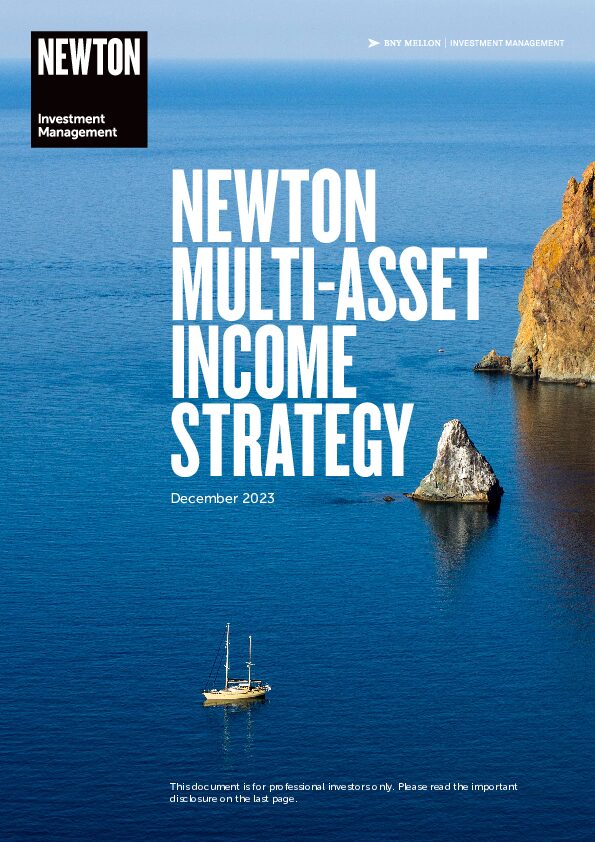Strategy profile
-
Objective
-
The strategy seeks to provide income with the potential for capital growth over the longer term by investing in a broad diversified multi-asset portfolio. The portfolio aims to yield 30% more than a reference yield comprising 60% MSCI AC World Index (equities) and 40% ICE BofA Global Broad Market GBP Hedged Index (bonds).
-
Volatility
-
Expected to be between that of bonds and equities over the long term
-
Strategy inception
-
Composite inception: 1 March 2015
-
Strategy available through pooled UK vehicle
-
BNY Mellon Multi-Asset Income Fund
View fund performance
View Key Investor Information Document
View prospectus
Investment team
-
- Our Multi-Asset Income strategy is managed by an experienced team. In-house research analysts are at the core of our investment process, and our multidimensional research platform spans fundamental, thematic, ESG, quantitative, geopolitical, investigative and private-market research to promote better-informed investment decisions.
Want to find out more?
Your capital may be at risk. The value of investments and the income from them can fall as well as rise and investors may not get back the original amount invested.
ESG can be one of many inputs into the fundamental analysis. Newton will make investment decisions that are not based solely on ESG analysis. Other attributes of an investment may outweigh ESG analysis when making investment decisions. The way that material ESG analysis is assessed may vary depending on the asset class and strategy involved. As of September 2022, the equity investment team performs ESG analysis on equity securities prior to their recommendation. ESG analysis is not performed for all fixed-income securities. The portfolio managers may purchase equity securities that are not formally recommended and for which ESG analysis has not been performed.











